Need help building your wave pool? We spoke to 3 experts in the field

We pull back the curtain to discover what it is exactly that wave pool consultants do. With surf parks being such a new space the title for this job rol e has yet to be set in cement. We’ve seen such perfunctory gems as “planner,” “manager,” “advisor” and “administrator” – all of which are quite acurate. For now, we’ll call them wave pool consultants but as you’ll discover they are much more hands-on than that title suggests. The job can cover the big stuff, like advising on which wave generation technology to use, to smaller details like finding the best customer ticketing system. In a nutshell, wave pool consultants share their surf world knowledge with developers – they are that bridge between salts and suits. Let’s explore the details.
So, you’ve searched under the cushions for all that lost change, emptied your wallet, maxed out your credit cards, and rounded up a few of your millionaire friends and all the surf-inclined hedge fund managers you know. Naturally, you’ve extolled the virtues of owning a wave pool, everyone’s keen and you’ve even found some suitable land and are ready to go.
Next comes even more questions: How big do you make the pool? Should you focus on food and beverage services? Do you build surrounding water park features or go for a high-end hotel and/or private accommodations that well-heeled surfers can afford?
Currently, there are only a handful of insiders with the business acumen to help a project reach its maximum potential. They do the footwork before the first shovel of dirt is turned, decide on the placement of restaurants, shops, parking and basically everything else.
We spoke to three masters in this field; Mark ‘Skip’ Taylor at Surf Park Management, Doug Sheres from Beach Street Development, and Bruno Gujer at Consul8.
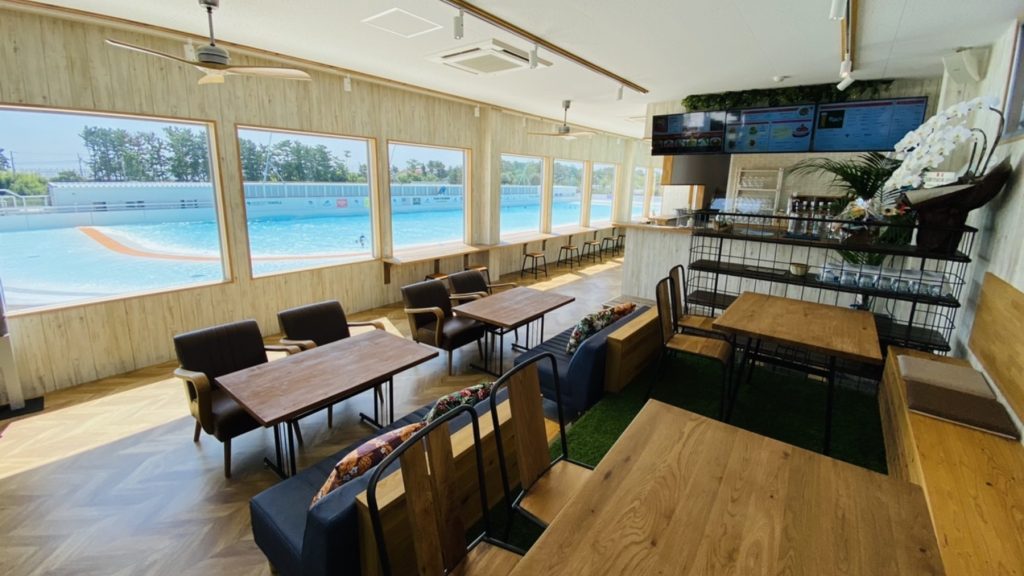
What Does a Wave Pool Consultant Do?
Surf Park Management has a long background in working with ski resort groups before they entered the wave pool scene. The company now provides services for owners, investors, and developers.
“We provide advice on everything from finance, marketing, feasibility, and business plan assessments in the early stages,” says Mark ‘Skip’ Taylor. “We also work with architects, land planners, designers, and wave pool technology manufacturers. We work with any manufacturer viable for the project we’re dealing with, whether it’s standing or lagoon pools, and pay attention to the operational plans, the customer journey, and guest experience.”
Skip says his company’s job is to make sure that it will be a very highly functional operation, both for the back of house and front of house experience.
“Ultimately, we provide management services on an ongoing long-term basis,” adds Skip. “We’re signing 15 to 20-year contracts with venues that give operational oversight and make sure that the owners maximize the return on their investments that they put into these.”
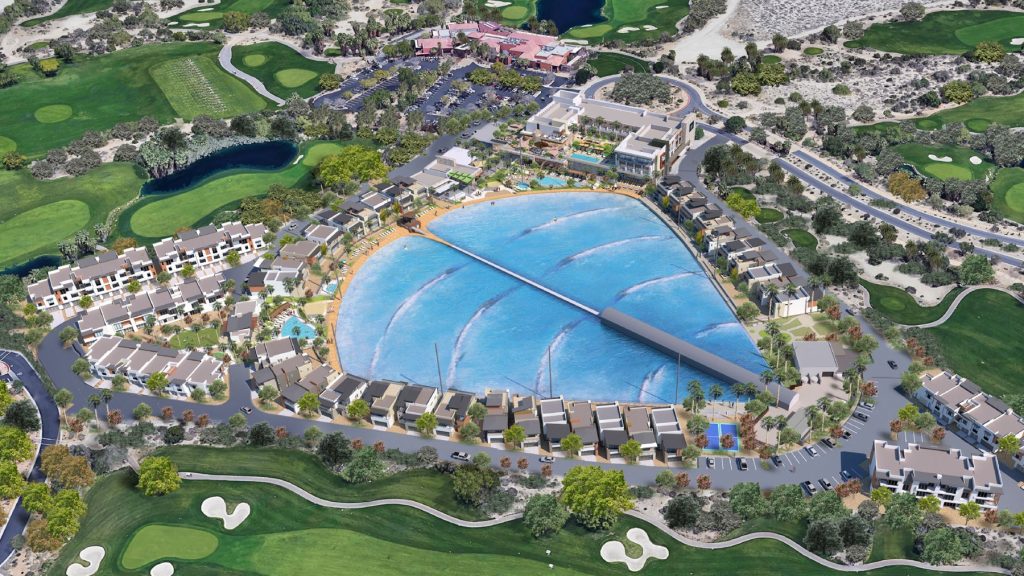
For Beach Street Development, Doug Sheres says they’re pioneering a new segment – barefoot lifestyle destinations and resorts anchored with surfing lagoons. And they’ve got a solid crew on board.
“The Beach Street team is comprised of lifelong surfers and we have built our lives around chasing waves,” says Doug. “along the way we have also spent a fair amount of time developing and operating real estate and surf lagoons.”
Their Operations Chief, Blake Hess ran both NLand in Austin, TX, and also The Kelly Slater Surf Ranch in Lemoore before joining Beach Street.
“He’s one of the very few people in the world with extensive surf lagoon operations experience,” states Doug. “And the only person to have run two of these surf destinations.”
Doug says that Beach Street Development takes projects from the early conceptual and feasibility stage, through technology selection and engagement, and into the deeper design and engineering phases, entitlements, permitting, and then the building of the surf lagoon, surf destination, and surrounding real estate.
Bruno of Consul8 describes his job title as “consultant/project manager” but says his work is a bit like a wildlife guide.
“I help project owners and investors to get through the jungle of issues raised by such amazing projects,” he says adding that this includes everything from contract negotiation with the wave-tech and construction companies to finding the perfect booking system.
Bruno says this can include everything from offering a single piece of advice to fulfilling a full CEO and project manager role, which he did at Alaïa Bay. “My civil engineering and action sport management experiences are the foundations of this support” he adds.
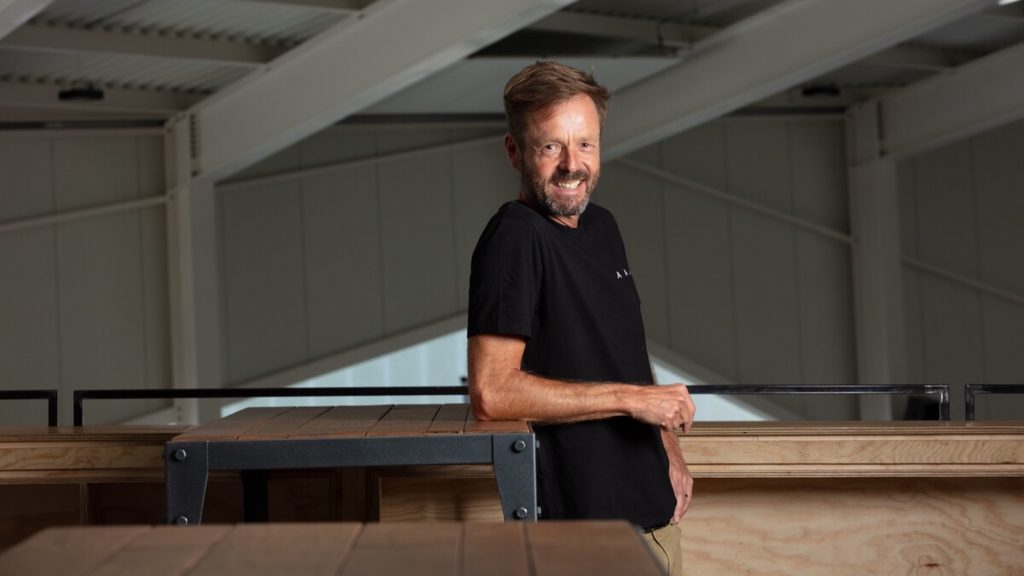
Layout of the Surf Park
Digging a big hole in the ground isn’t difficult. But how big to make it? Where to put it on the land? And what to put around it? It can be arranged in a million different ways. So, how do you decide on the layout of a wave pool project?
“Layouts, or better known as a project “site plan”, are derived from the site location and topography combined with the project program and wave technology type and size,” says Doug.
Every project and program is different, some more so than others. Whether a free-standing surf lagoon, or inclusive of a hotel, or residential components they can come in all different shapes, sizes, flavors, etc.
Bruno has a similar take, “Out of the five projects I’ve studied not a single one was similar to the other. There’re dozens of factors and needs which are playing important roles in the layout choices.”
According to Bruno, the most important factor is the available land size, the primary function of the facilities, the real estate/hotel factor, and additional entertainments included in the project.
Skip lays it out in detail, “it very much comes down to assessing the land. I mean, some venues can’t fit a large lagoon, the cost of land is too high, so you might want to build a standing wave. In this type of situation, we can’t recommend taking out six acres of water on a small parcel of land.”
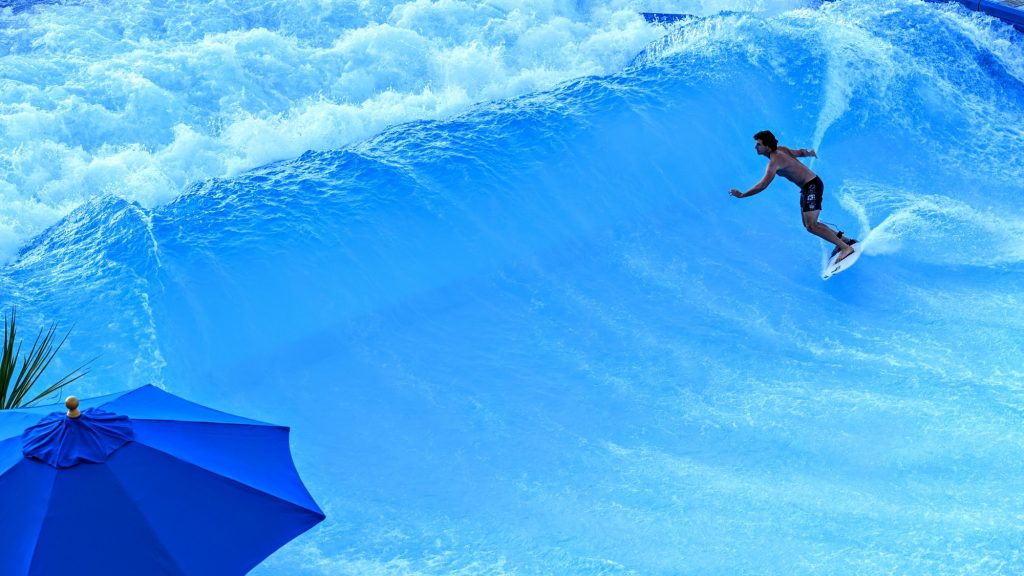
Profit Drivers
According to Skip, while the surf is important, it’s maximizing ancillary revenues around the pool that are key to a project’s success.
“We want to always make sure there’s room for added revenue streams,” he says. “Most of the developments we try to work with are part of a resort or commercial or residential development plan. We find that developers who have a bigger picture than just selling wave tickets offer a much more viable, long-term success.”
Skip likens it to a 1970s ski hill with a lot of lodges, cafeterias, and/or rental shops in it. With these the base of the business.
“Then there’s the model where operators are solely reliant on selling tickets of that wave,” Skip says, “and everything ties back to that one thing only. The golf business went from where they became amenities, to a bigger picture under a development scheme.”
Skip says his company has a track record of going through the entire process of permits, approval and building large civil construction projects many times in the surf park space.
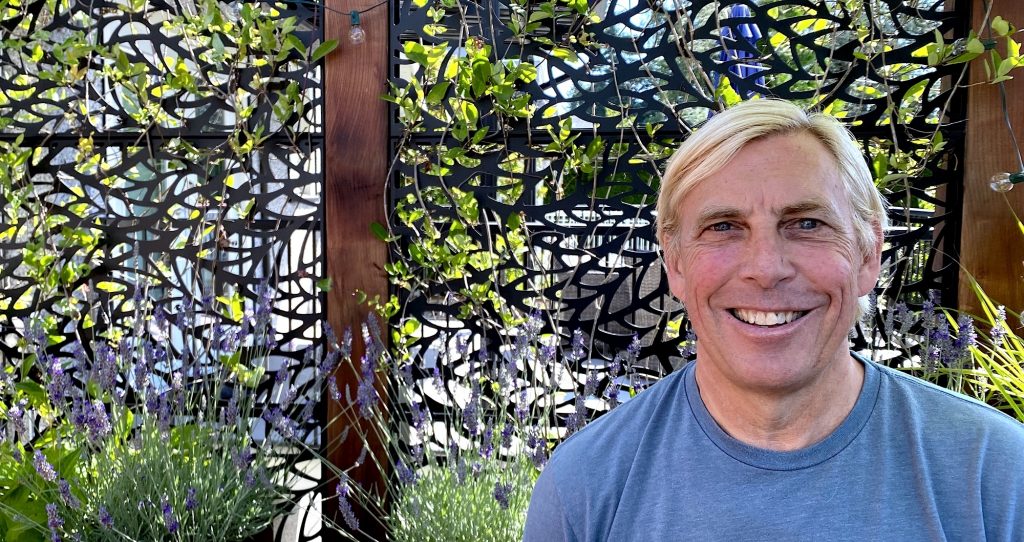
Finding the Next Market
With wave pool projects in various stages of production all over the world, it’s impossible to predict where the next ones will occur. So as a designer/developer in which regions should you concentrate on? Where’s going to see the most growth?
Doug admits there’s no simple answer; “The question of where wave pool developments will see the most traction is an interesting one. Some feel it’s going to be on the coasts with the largest surfing populations. Others feel that the ocean is strong competition for surfing lagoons and that less established inland markets make more sense.”
Doug gives Houston as an example of a market that marries the two – close enough to ocean waves to have a surfing population, yet the surf is generally poor and far enough away that surfers need an alternative to stay satisfied.
“Palm Desert on the other hand is close to SoCal and possibly the largest surf population in the world. By adding a hotel and wrapping in golf and other activities, the project offers a complete surfing resort experience without needing to fly around the world.”
Doug says he’s seeing strong demand from numerous countries with little or no surfing access or presence today. And while optimistic, the cost, timelines, and availability, and interest, of capital for these projects will control the pace to which developers are willing and able to keep building – and (more importantly) the markets they will bet on.
Bruno’s hedging his bets, “I expect very strong growth in every well-developed region in the world, as well as moderate growth in the Caribbean and some Asian countries, and finally in Arab countries with tourism industries.”

Local Markets
But as wave pools are appearing on almost every continent, do developers need to meet differing demands or client expectations, according to regions or countries they’re planning projects in?
“You know, not, not really”, reckons Skip, “It’s pretty similar across the board. But you do have to keep in mind, everything from seasonality to local regulations. And you have to take into consideration local market concerns, from the workforce to particular rules and regulations. But those are challenges faced by any company working overseas”
Doug raises a slew of differences that need to be addressed, from niggling ones, with measurements needing to be metric rather than imperial, to varying expectations depending on the location, the clients, level of cultural exposure to surf, plus any existing surf parks.
“In areas like the Middle East, the process kicks off with much deeper educational sessions on technology and surf culture,” adds Doug. “Entrepreneurs and developers in the United States as well as areas like Europe and Australia generally have a vision of what they want to create, but need assistance putting all of the pieces together.”
According to Bruno, it’s more personal than geographic, “I think the different expectations are coming from the different type of clients and the approaches of a project more than from each region. Is he a pure investor vs a passionate surfer or is he both? Most project-owners come as a team with at least 2 solid backgrounds and they just need wave pool construction experience.”
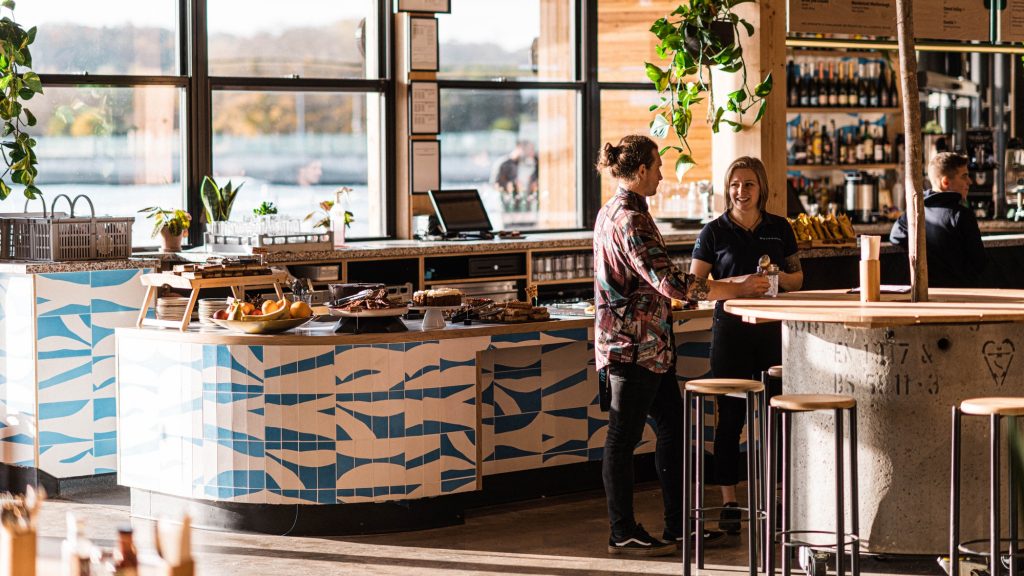
Salts or suits – who does it better?
“And thus we have all seen the long list of failed projects that never made it past the drawing board or projects that have quietly disappeared,” adds Doug.
Doug believes credit needs to be given to early pioneers in the industry including the Ainscough family who built the first true surf park, Surf Snowdonia (since rebranded Adventure Parc Snowdonia), and early movers here in the United States, like Doug Coors, Stuart Parsons, and Kelly Slater and his crew who put substantial amounts of their money at risk and built the early projects in our industry.
“It’s incredibly hard to develop surf destinations and has proved far more expensive than people thought,” continues Doug. “Those guys had guts and conviction and made great waves for all of us to surf. But the financial results have been mixed depending on how you want to define success.”
Doug also believes surf destinations are not easy to develop, and many will fail to launch, and of those that do launch, not all will succeed. “But the right projects,” says Doug, “in the right markets, with the right teams, should do exceptionally well.”
For Bruno, it’s about providing a steady hand, “From the outside the results are amazing, but for every early-stage project the hurdles can be unexpected, and come in varying degrees of difficulty.”
Bruno considers connections and experience are key factors if you want to realize your project on time and within budget. “To create an awesome customer experience and attraction,” says Bruno, “You need to control every detail from the planning to construction process.”
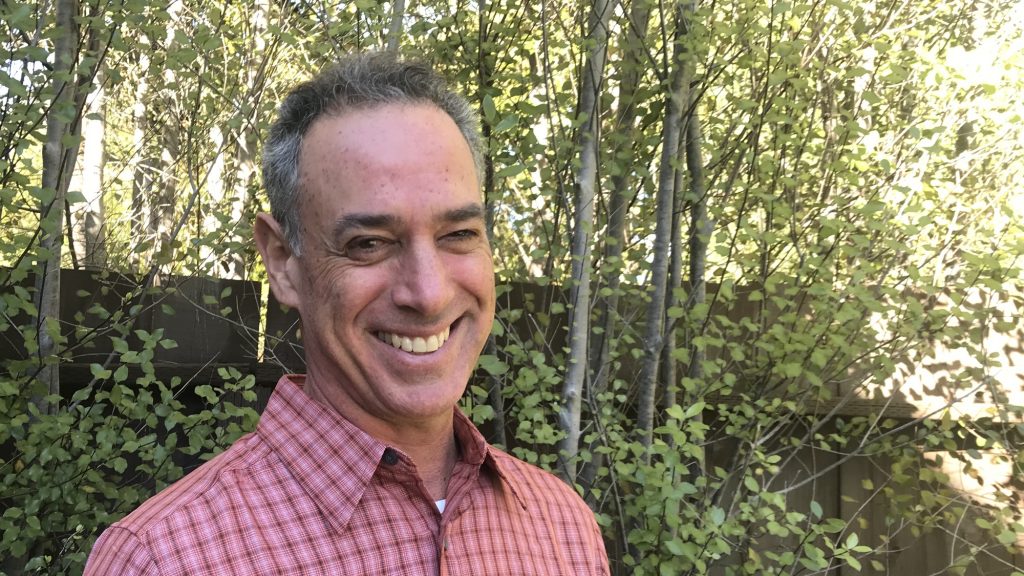
Funding
While this process is amazingly intricate, it all comes down to the capital. What do you do if clients need assistance to raise additional funds? I mean, if what you found under the couch cushions doesn’t cover it?
For Skip, he believes it’s also about connections, and helping out, “You know, we sit at the table with the developers and groups in the finance presentation. We’re not a finance company, but we have helped in raising significant funds for many projects in the surf park world.”
Skip continues, “We’re used to sitting at the boardroom with Real Estate Investment Trusts and other groups. And what we do is help build the financial presentations for donors and developers. We do connect dots where we can, but we’re not marketing ourselves as a capital source.”
“It’s not our offering as part of our services package,” adds Skip, “but we are highly motivated as our long-term success is based on making sure these projects get funded.”
Says Doug, “On the capital front we partner with a handful of institutional and individual investors that are passionate about the industry. We have spent several years working with these groups and people and as the technology has proven out, capital has become easier to access.”
It’s a big, brave world out there for those wanting to sink serious money into wave pool ventures. And success rates for projects can be better realized now there are companies around to help put all the puzzle pieces together. From planning to tech and personnel to permits, it’s all about making sure the whole process goes as smoothly as possible.
Alternatively, you could just start digging a big hole in the ground and hope for the best
Related Coverage
